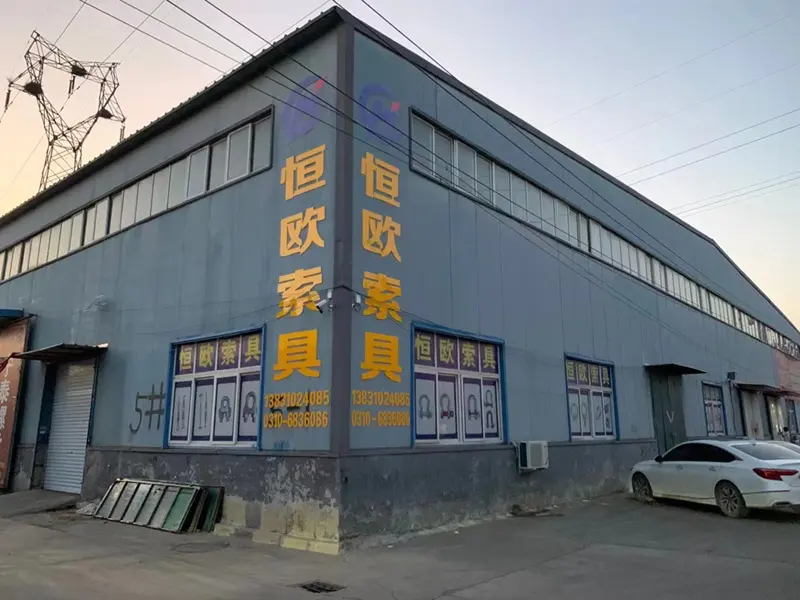
Okt. . 07, 2024 22:52 Back to list
redispersible polymer powder wiki
Redispersible polymer powder (RDP) is a type of polymer that has been processed into a fine powder form and can be easily redispersed in water. These powders are widely used in the construction industry, particularly in the production of construction materials such as adhesives, sealants, and mortars. The main advantage of using RDPs is their ability to enhance the properties of end products, improving performance, durability, and ease of application.
RDPs are typically derived from a variety of polymers, including vinyl acetate, ethylene vinyl acetate, and styrene-butadiene. The manufacturing process involves spray-drying a polymer emulsion, which results in a free-flowing powder. When mixed with water, these powders quickly redispersed to reform a polymer that contributes to improved mechanical properties and adhesion.
One of the key benefits of incorporating RDPs into construction applications is their ability to enhance flexibility and adhesion. For instance, in tile adhesives, RDPs allow for better bonding between the tiles and the substrate, as well as improved resistance to water, impact, and temperature changes. This flexibility is crucial in environments subjected to a wide range of stresses, making RDPs a preferred choice for modern building materials.
RDPs also play a significant role in improving the workability of construction mixes. They help in maintaining an optimal viscosity, allowing for easier application and manipulation of materials. This property is especially important for products like self-leveling compounds and plasters, where a smooth, consistent finish is desired. By reducing the risk of segregation and sedimentation, RDPs ensure a homogenous mix that is easier to apply.
redispersible polymer powder wiki

In addition to enhancing the mechanical properties and workability, RDPs also contribute to the long-term performance of construction materials. They can improve resistance to cracking, shrinkage, and moisture penetration, which are common issues in traditional cement-based products. By using RDPs, manufacturers can create more sustainable and durable materials that meet the demands of modern construction practices.
Moreover, RDPs are compatible with various additives and fillers, allowing for formulation flexibility
. This compatibility helps manufacturers tailor their products to specific applications, addressing the diverse needs of different projects.In conclusion, redispersible polymer powders are essential components in the construction industry, offering numerous benefits such as enhanced adhesion, flexibility, workability, and long-term performance. Their ability to improve the quality and durability of construction materials makes them a valuable asset, and their continued use is likely to play a crucial role in future advancements in construction technology. As the industry moves towards more innovative solutions, RDPs will undoubtedly remain at the forefront of material development.
-
Versatile Hpmc Uses in Different Industries
NewsJun.19,2025
-
Redispersible Powder's Role in Enhancing Durability of Construction Products
NewsJun.19,2025
-
Hydroxyethyl Cellulose Applications Driving Green Industrial Processes
NewsJun.19,2025
-
Exploring Different Redispersible Polymer Powder
NewsJun.19,2025
-
Choosing the Right Mortar Bonding Agent
NewsJun.19,2025
-
Applications and Significance of China Hpmc in Modern Industries
NewsJun.19,2025







